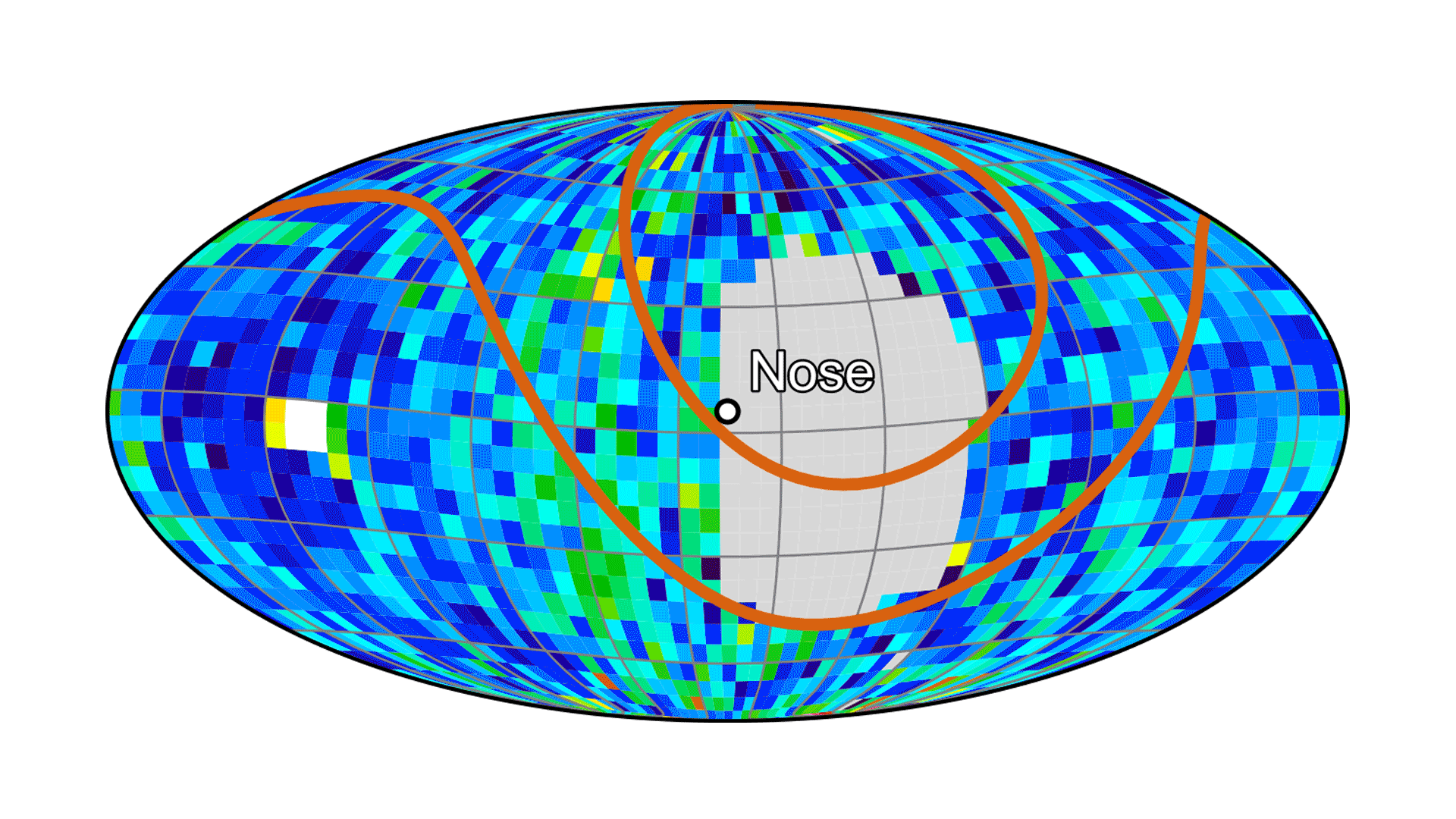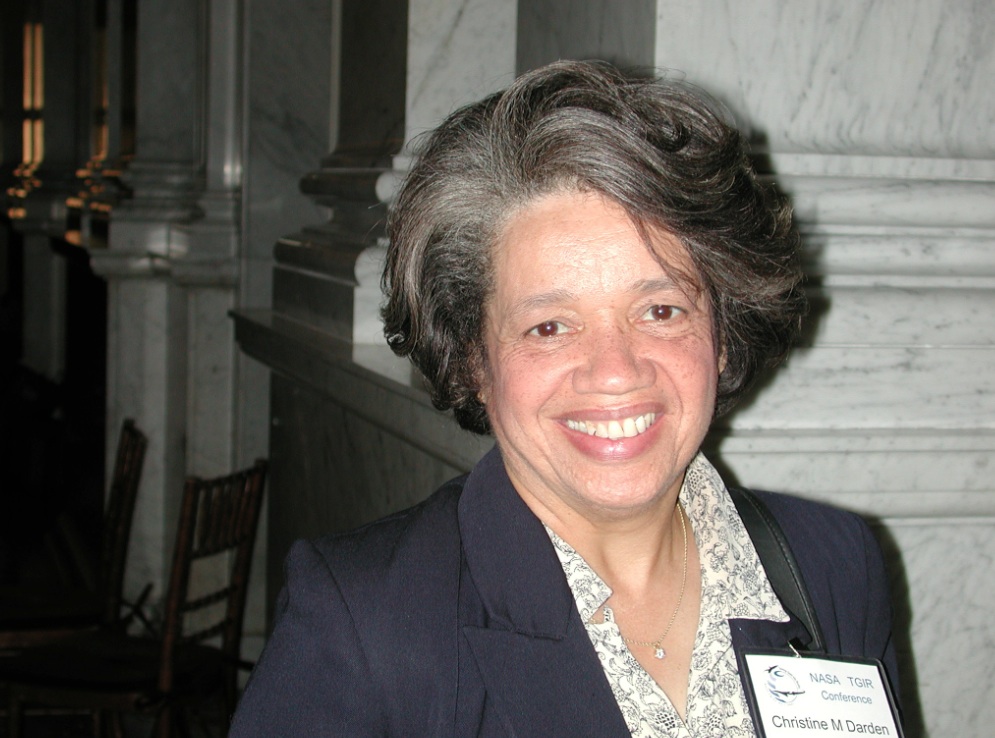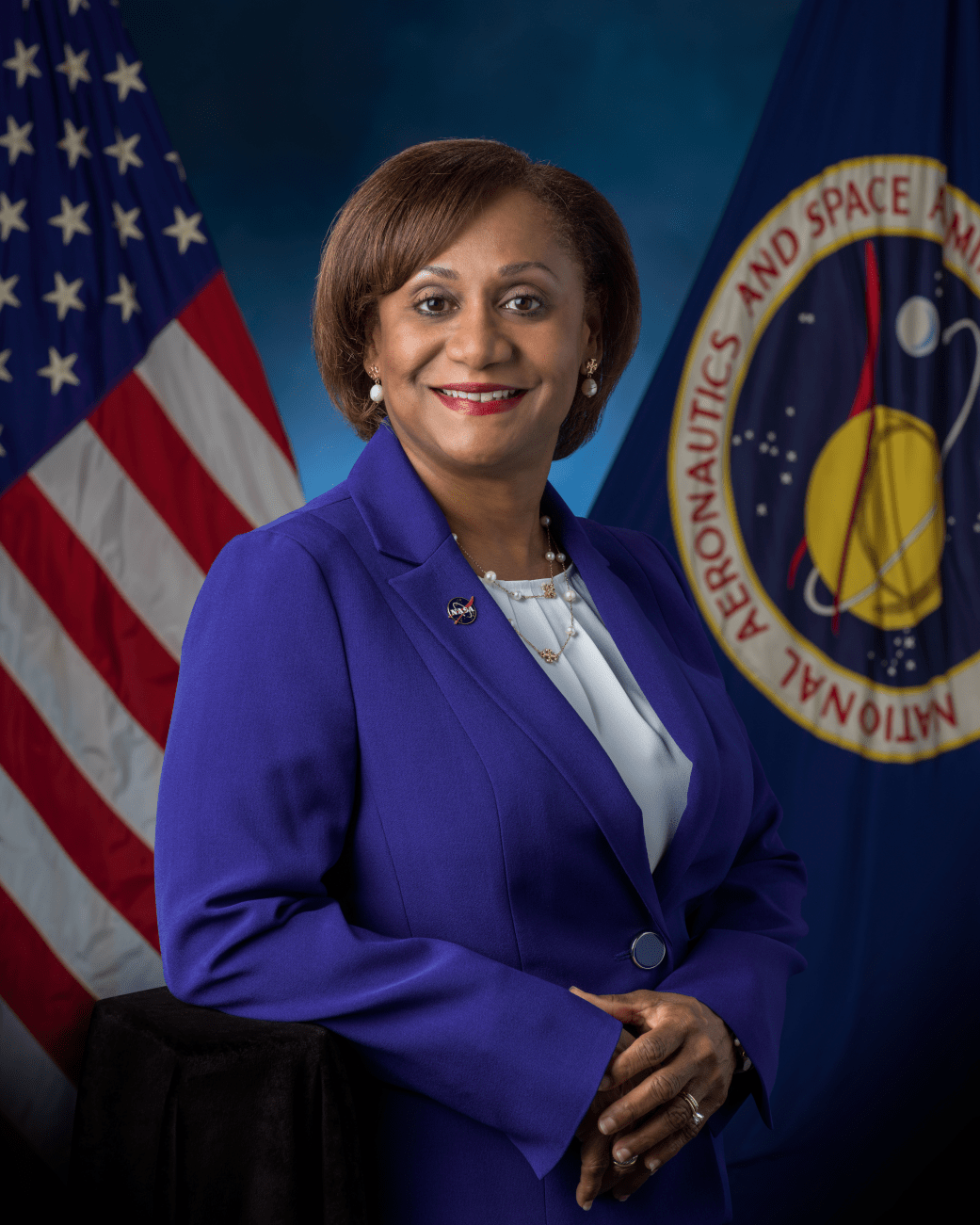The National Academy of Engineering (NAE) has elected three new members with NASA affiliations. Two employees and one retiree from three different NASA centers around the country were awarded the honor on Feb. 7.
Election to the NAE is among the highest professional distinctions accorded to an engineer. Individuals in the newly elected class will be formally inducted during the NAE’s annual meeting Oct. 1.
Academy membership honors those who have made outstanding contributions to “engineering research, practice, or education, including, where appropriate, significant contributions to the engineering literature” and to ‘the pioneering of new and developing fields of technology, making major advancements in traditional fields of engineering, or developing/implementing innovative approaches to engineering education.”
Christine Mann Darden, director (retired), Strategic Communications Office, NASA Langley Research Center, Hampton, Virginia, was awarded for pioneering research in supersonic flight technologies and leadership in advancing aerodynamics design to produce low-boom sonic effects. She is internationally known for her research into supersonic aircraft noise, especially sonic boom reduction, and recognized for her groundbreaking achievement as the first African American woman at NASA Langley to be appointed to the top management rank of Senior Executive Service. She is equally known for her efforts to inspire and educate generations of aerospace scientists and engineers.
Christa D. Peters-Lidard, director, Science and Exploration, NASA Goddard Space Flight Center, Greenbelt, Maryland, was honored for contributions to understanding land-atmosphere interactions, soil moisture monitoring and modeling, and leadership in Earth system modeling. Her research interests include the application of high-performance computing and communications technologies in Earth system modeling, for which her Land Information System team was awarded the 2005 NASA Software of the Year Award.
Vanessa E. Wyche, director, NASA’s Johnson Space Center, Houston, received the honor for leadership of NASA Johnson, enabling a commercial low-Earth orbit space economy and future Moon and Mars missions. She is responsible for a broad range of human spaceflight activities, including development and operation of human spacecraft, NASA astronaut selection and training, and mission control. Wyche oversees commercialization of low-Earth orbit – ensuring commercially provided destinations to continue research there following transition from the International Space Station in 2030. Additionally, she leads Johnson’s role in exploring the Moon and Mars with NASA’s Artemis spacecraft, including surface system capabilities for human and commercial robotic missions, and partners with academia, industry, and international community to establish a sustainable lunar economy.
Rob Gutro
NASA’s Goddard Space Flight Center
Robert.j.gutro@nasa.gov
L. Eileen Erickson / Kim Case
National Academy of Engineering
lerickson@nae.edu / KCase@nae.edu






























